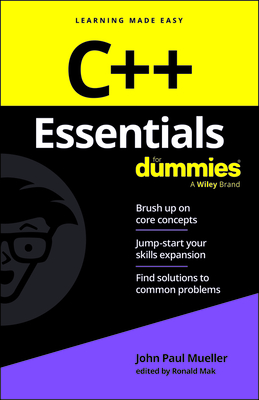CIPTV1 1.0: Implementing Cisco IP Telephony & Video, Part 1 (CIPTV1) Training in Spokane
Enroll in or hire us to teach our CIPTV1 1.0: Implementing Cisco IP Telephony & Video, Part 1 (CIPTV1) class in Spokane, Washington by calling us @303.377.6176. Like all HSG
classes, CIPTV1 1.0: Implementing Cisco IP Telephony & Video, Part 1 (CIPTV1) may be offered either onsite or via instructor led virtual training. Consider looking at our public training schedule to see if it
is scheduled: Public Training Classes
Provided there are enough attendees, CIPTV1 1.0: Implementing Cisco IP Telephony & Video, Part 1 (CIPTV1) may be taught at one of our local training facilities.
|
We offer private customized training for groups of 3 or more attendees.
|
||
Course Description |
||
| Implementing Cisco IP Telephony & Video, Part 1 (CIPTV1) v1.0 is a
five-day course that prepares the learner for implementing a Cisco
Collaboration solution at a single-site environment. This course focuses
primarily on Cisco Unified Communications Manager Version 10.x, which is
the call-routing and signaling component for the Cisco Collaboration solution.
Course Length: 5 Days
Course Tuition: $3290 (US) |
||
Prerequisites |
|
| The knowledge and skills that a learner must have before attending this course are as follows: Working knowledge of fundamental terms and concepts of computer networking, including LANs, WANs, switching and routing Ability to configure and operate Cisco routers and switches and to enable VLANs and DHCP Basics of digital interfaces, PSTN, and VoIP Fundamental knowledge of converged voice and data networks | |
Course Outline |
|
Module 1: Cisco Unified Communications Manager IntroductionåÊ
Module 2: Dial Plan Introduction and Implementation of Single-Site On-Cluster Calling
Module 3: Implementation of Single-Site Off-Cluster CallingåÊ
Module 4: Media Resources
Module 5: Audio and Video ConferencingåÊ
Module 6: Quality of ServiceåÊ
Labs:
|
Course Directory [training on all levels]
Technical Training Courses
Software engineer/architect, System Admin ... Welcome!
- .NET Classes
- Agile/Scrum Classes
- AI Classes
- Ajax Classes
- Android and iPhone Programming Classes
- Blaze Advisor Classes
- C Programming Classes
- C# Programming Classes
- C++ Programming Classes
- Cisco Classes
- Cloud Classes
- CompTIA Classes
- Crystal Reports Classes
- Design Patterns Classes
- DevOps Classes
- Foundations of Web Design & Web Authoring Classes
- Git, Jira, Wicket, Gradle, Tableau Classes
- IBM Classes
- Java Programming Classes
- JBoss Administration Classes
- JUnit, TDD, CPTC, Web Penetration Classes
- Linux Unix Classes
- Machine Learning Classes
- Microsoft Classes
- Microsoft Development Classes
- Microsoft SQL Server Classes
- Microsoft Team Foundation Server Classes
- Microsoft Windows Server Classes
- Oracle, MySQL, Cassandra, Hadoop Database Classes
- Perl Programming Classes
- Python Programming Classes
- Ruby Programming Classes
- Security Classes
- SharePoint Classes
- SOA Classes
- Tcl, Awk, Bash, Shell Classes
- UML Classes
- VMWare Classes
- Web Development Classes
- Web Services Classes
- Weblogic Administration Classes
- XML Classes
Business Training Courses
Project Managers, Business Analysts, Paralegals ... Welcome!
Upcoming Classes
Gain insight and ideas from students with different perspectives and experiences.
- Object Oriented Analysis and Design Using UML
20 October, 2025 - 24 October, 2025 - Introduction to Spring 6, Spring Boot 3, and Spring REST
15 December, 2025 - 19 December, 2025 - RED HAT ENTERPRISE LINUX SYSTEMS ADMIN I
3 November, 2025 - 7 November, 2025 - RED HAT ENTERPRISE LINUX SYSTEMS ADMIN II
8 December, 2025 - 11 December, 2025 - ASP.NET Core MVC (VS2022)
24 November, 2025 - 25 November, 2025 - See our complete public course listing






